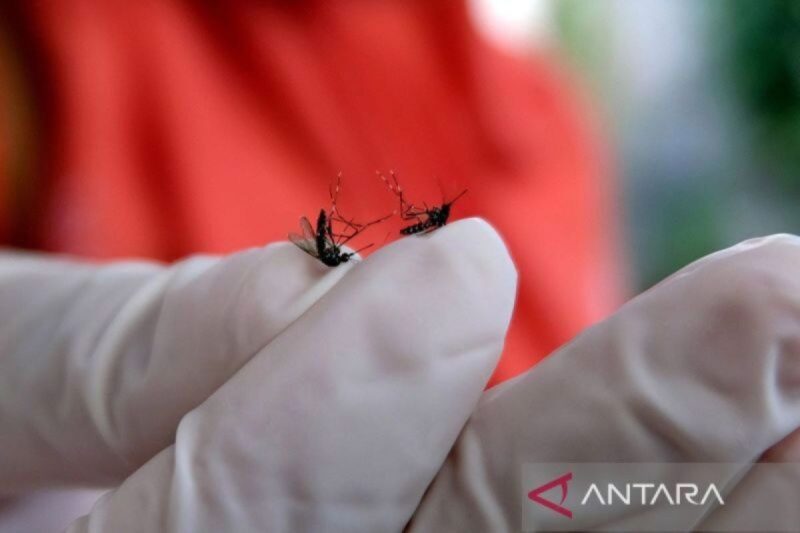
Dengue fever, or DBD, is a viral disease that is transmitted through the bites of infected mosquitoes. Two species of mosquitoes that are known to transmit the dengue virus are Aedes aegypti and Aedes albopictus. These two species of mosquitoes have some differences that make them unique in their ability to spread the dengue virus.
Aedes aegypti is the primary vector for transmitting the dengue virus to humans. This species of mosquito is typically found in urban areas and is known to be a daytime biter. Aedes aegypti is easily recognizable by its black and white striped legs and body. This mosquito species is well-adapted to living in close proximity to humans and is often found breeding in standing water sources such as flower pots, tires, and buckets.
On the other hand, Aedes albopictus is a secondary vector for transmitting the dengue virus. This species of mosquito is commonly found in suburban and rural areas and is known to be a daytime biter as well. Aedes albopictus is also recognizable by its black and white striped legs and body, but it is slightly larger in size compared to Aedes aegypti. This mosquito species is more adaptable to cooler temperatures and can survive in a wider range of environments compared to Aedes aegypti.
Both Aedes aegypti and Aedes albopictus are capable of transmitting the dengue virus to humans through their bites. When an infected mosquito bites a person, it injects the dengue virus into the bloodstream, which can lead to symptoms such as high fever, severe headaches, joint and muscle pain, and in severe cases, bleeding and organ failure.
Preventing the spread of dengue fever involves controlling the population of Aedes aegypti and Aedes albopictus mosquitoes. This can be done by eliminating standing water sources where mosquitoes breed, using mosquito repellent, wearing long-sleeved clothing, and using mosquito nets while sleeping. By understanding the differences between these two mosquito species and taking preventive measures, we can reduce the risk of contracting dengue fever and protect ourselves and our communities from this potentially deadly disease.